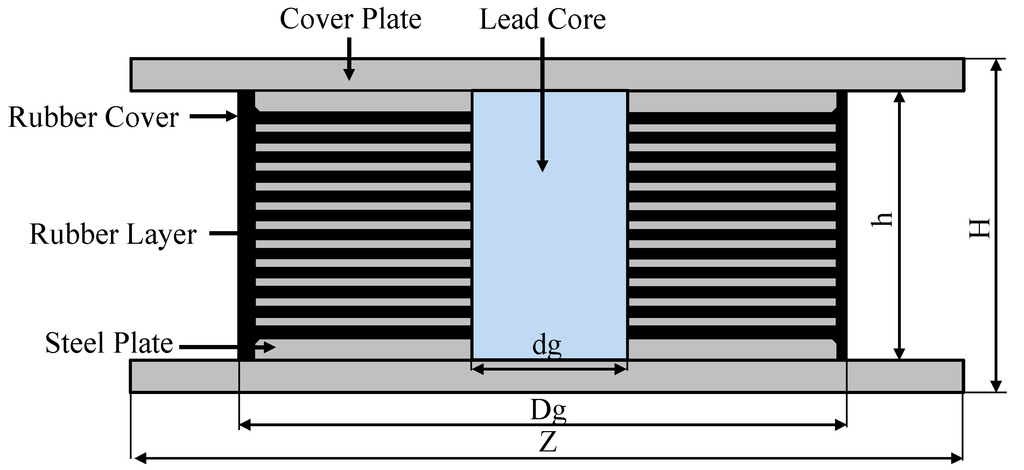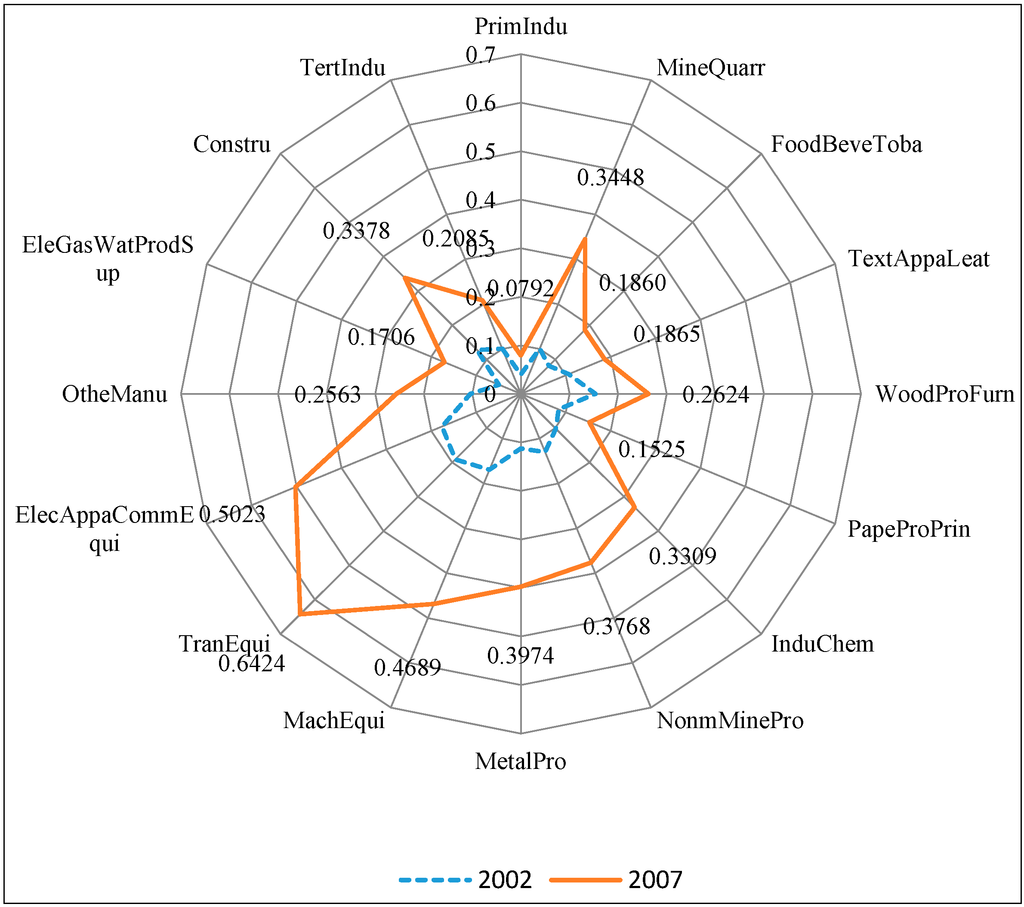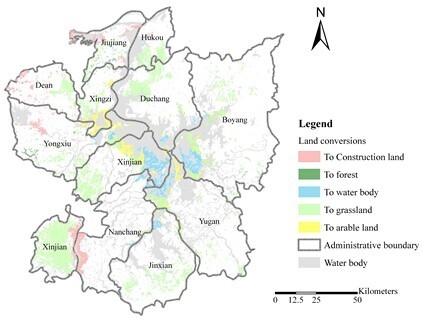Sustainability 2015, 7(1), 138-163; https://doi.org/10.3390/su7010138 - 26 Dec 2014
Cited by 344 | Viewed by 27766
Abstract
Measuring progress towards sustainable development requires appropriate frameworks and databases. The System of Environmental-Economic Accounts (SEEA) is undergoing continuous refinement with these objectives in mind. In SEEA, there is a need for databases to encompass the global dimension of societal metabolism. In this
[...] Read more.
Measuring progress towards sustainable development requires appropriate frameworks and databases. The System of Environmental-Economic Accounts (SEEA) is undergoing continuous refinement with these objectives in mind. In SEEA, there is a need for databases to encompass the global dimension of societal metabolism. In this paper, we focus on the latest effort to construct a global multi-regional input−output database (EXIOBASE) with a focus on environmentally relevant activities. The database and its broader analytical framework allows for the as yet most detailed insight into the production-related impacts and “footprints” of our consumption. We explore the methods used to arrive at the database, and some key relationships extracted from the database.
Full article
(This article belongs to the Section Environmental Sustainability and Applications)
►
Show Figures






